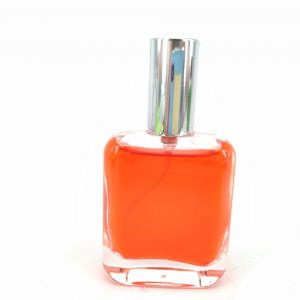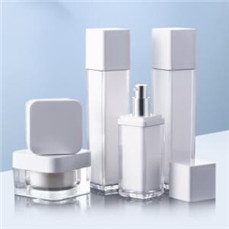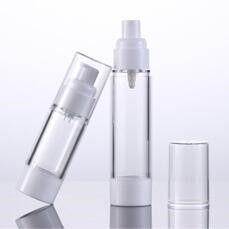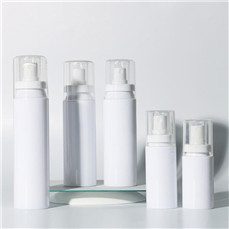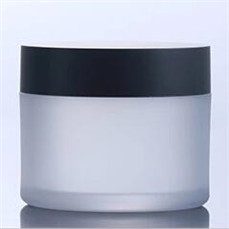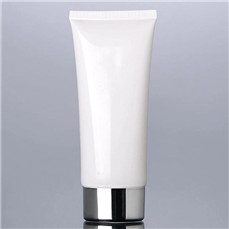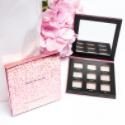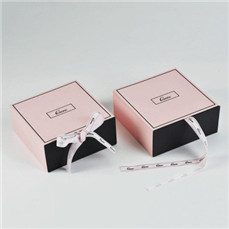Labeling is a crucial aspect of packaging design, and it plays a significant role in attracting customers, conveying product information, and establishing brand identity. Here are some tips for mastering the art of labeling:
- Clarity and Readability: Ensure that the label is easy to read and understand at a glance. Use clear fonts, appropriate font sizes, and contrast between the text and background to enhance readability.
- Brand Consistency: Maintain consistent branding elements, such as colors, logos, and typography, across all your products. This creates a cohesive and recognizable brand identity.
- Hierarchy of Information: Organize the label information with a clear hierarchy. The most critical details, such as the product name and key benefits, should be prominent, while less important information can be presented in smaller fonts or secondary sections.
- Compliance with Regulations: Make sure your labels meet all relevant legal requirements and industry standards. Include essential information such as product ingredients, warnings, and usage instructions where necessary.
- Creative Design: Utilize creative design elements to make your labels visually appealing. Graphics, illustrations, or patterns can add interest and help differentiate your product from competitors.
- Material and Finish: Choose label materials and finishes that complement your packaging and brand image. Options like matte, gloss, or specialty textures can impact the overall look and feel.
- Storytelling: Use the label as an opportunity to tell a compelling story about your product or brand. Incorporate elements that communicate your brand’s values, mission, or the product’s journey to create a deeper connection with consumers.
- Sustainable Labeling: Consider using eco-friendly label materials and printing techniques to align with sustainable practices and appeal to environmentally-conscious consumers.
- Unique Label Shapes: Experiment with non-traditional label shapes that align with your brand identity or product theme. Unconventional shapes can help your product stand out on the shelf.
- Label Placement: Carefully consider the label placement on the packaging to ensure it doesn’t interfere with essential design elements or branding.
- Test for Durability: Ensure that the label is resistant to factors like moisture, sunlight, and handling to maintain its quality throughout the product’s shelf life.
- QR Codes and Interactive Elements: Incorporate QR codes or other interactive elements on the label to engage consumers and provide additional product information, promotions, or access to online content.
- A/B Testing: Conduct A/B testing or consumer research to gather feedback on different label designs. This will help you identify which design resonates best with your target audience.
Remember, the label is often the first impression a consumer has of your product, so investing time and effort into creating an attractive and informative label is essential for successful packaging design and brand recognition.
